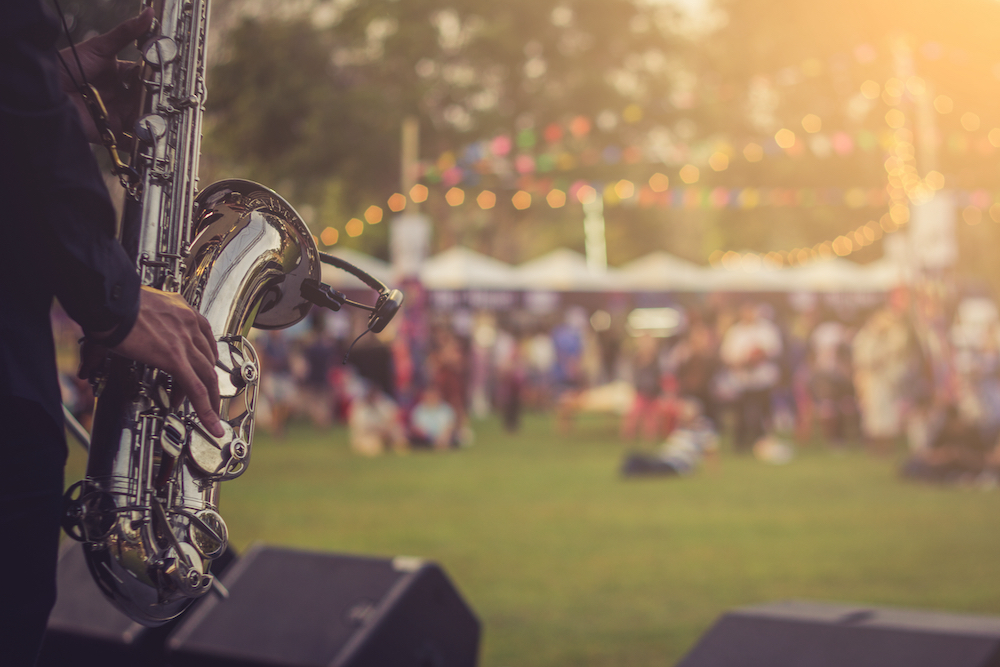5 Common Hearing Loss Myths
Hearing loss is a serious issue that affects millions of people all around

By: admin | February 27, 2022
A leading cause of hearing loss, especially in younger people, is exposure to dangerous levels of noise. This applies to more than just standing too close to fireworks or going to loud concerts without hearing protection. If you use headphones or earphones to listen to music every day, then you could be at risk of causing damage to your hearing as well. Here, we’re going to look at what a safe listening volume is, how you can make sure that you’re sticking to that volume and why it matters so much.
First of all, it’s important to address the root cause of the concern: that loud noise can cause hearing loss. Specifically, it’s known that noises that reach over 85 decibels can start to contribute to hearing loss. This is because it affects the inner ear, damaging cells and membranes in the cochlea. The hair cells that pick up the noise to transmit it to the brain can be overworked, leading them to die, which can be permanent.
It’s important to know that not all loud noises are the same. While you should be wary of any noises that are 85 decibels (dB) or higher, there are different degrees of caution to take. For instance, 85dB is around the level of heavy traffic or a motorized lawnmower and becomes risky to your hearing after two hours of exposure. Ten decibels higher, at 95dB, the sound of a motorcycle can become dangerous after 50 minutes. At the highest end of the scale, noises such as 120dB can cause immediate damage. Basically, the louder the noise, the less exposure you require for it to affect your hearing, often permanently.
You might think that it seems irresponsible for the creators of headphones, ear pods and other listening devices to allow you to turn the volume up to a level that can do you some harm. However, if you are turning your volume up to the maximum, then there’s a good chance you are putting your hearing at some risk. The maximum volume of the average smartphone, when listening through headphones or ear pods, is around 110dB. This fact might seem shocking and can be extra serious when you realize that it only takes five minutes of exposure to noise at this level to be potentially dangerous to your hearing.
If you have realized that you have been putting your hearing health at risk, it’s important to know that there are steps you can take to address this. The first thing is to avoid ever putting your hearing above 60% of your device’s max volume. Many smartphones and other listening devices will directly warn you when you approach the level that is potentially dangerous to your hearing. If you ever wonder if your music is too loud, then hold your headphones out at a distance. If you can still clearly make out the music, then it is likely too loud and should be turned down. It can take some time to get used to listening to music at a quieter level and it might even feel like some details are being lost to you. However, as you acclimate to that level of volume, it will feel much more natural.
It’s important for everyone to have their hearing checked once in a while, but this need is greater for those who are at a higher risk of hearing loss. Your audiologist can carry out a hearing test that can help you get a better idea of your hearing range to help you discover whether or not you might be experiencing hearing loss through a simple series of noninvasive tests.
If you’re concerned that excessive levels of noise may have affected your hearing or you simply want to make sure that you know the state of your hearing health, get in touch with the team at Physicians Hearing Center at (334) 441-4090. An audiologist can help you answer any questions you might have about your hearing and ear health and offer more advice on how to protect your hearing in the future.

Hearing loss is a serious issue that affects millions of people all around
By: admin | September 30, 2022

If you're one of the millions of people who use hearing aids, then you
By: admin | August 22, 2022

Did you know that your hearing affects your balance? It's true! In
By: admin | August 4, 2022
